
Screwhorn Antelope Facts
- One of the names frequently applied to this remarkable creation of Nature and evolution is the highly descriptive term of Screwhorn Antelope. Yet, it does have a few other general titles by which it’s known. These include such designations as Addax and the white antelope.
- Within the scientific community, however, it’s perhaps noticeably better known by its entirely technical moniker. Unfortunately, like many such tags, that’s somewhat difficult for the layperson to pronounce. The amazing animal holds the formal epithet Addax nasomaculatus.
- This intriguing mammal received that appellation due to the efforts of Henri Marie Ducrotay de Blainville. The highly respected French zoologist accomplished the first recognition of it as a separate and distinct species. He achieved that scientifically noteworthy feat in the year 1816.
- At the moment, the origins of the name Addax remain somewhat murky. It’s widely believed, though, that this title originated from an Arabic word that literally meant a wild animal with crooked horns. The first recorded use of that unique label actually occurred in the year 1693.
- Sadly, the beautiful Screwhorn Antelope now finds itself in a precarious position. It has both a significantly reduced population and habitat range. Accordingly, the IUCN, currently lists this marvel of evolution as Critically Endangered on its Red List of Threatened Species.
- It presently faces multiple threats to its continued existence as a species. Of course, in a broad sense, it must deal with the perils of climate change. Yet, it’s also locally endangered by such immediate problems as hunting, droughts, and ongoing human expansion into its territory.
Related Articles
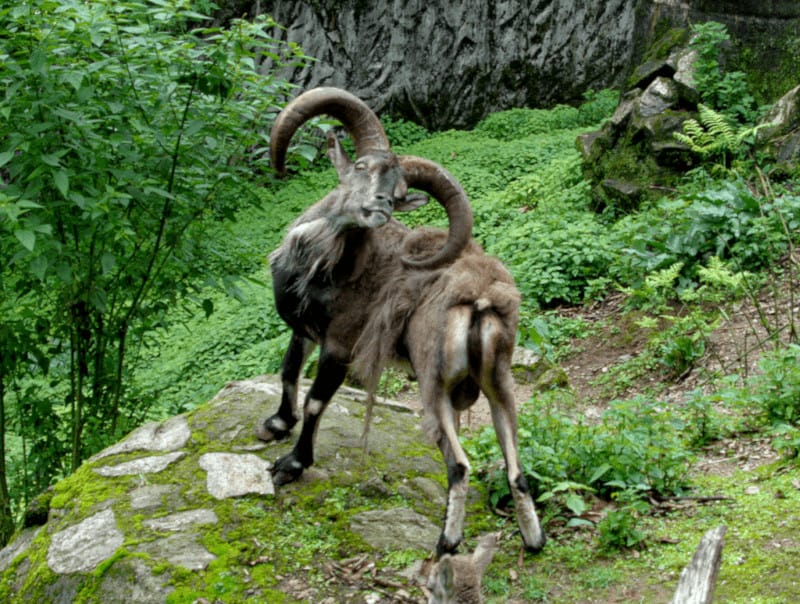
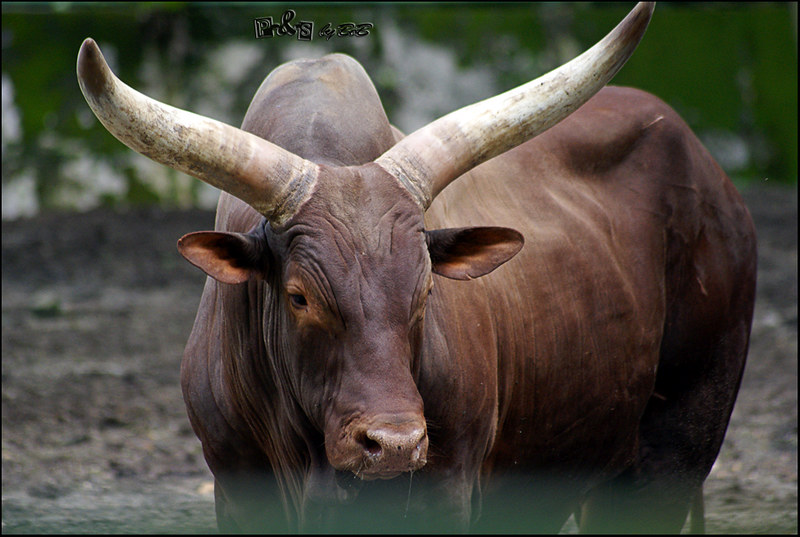

Screwhorn Antelope Physical Description
The captivating Screwhorn Antelope typically enthralls those individuals fortunate enough to encounter one. Unlike some species, however, it does so for a variety of reasons. While these certainly include a wide range of characteristics, the primary one remains quite obvious.
Arguably, this marvel of Nature and evolution has a highly unique set of horns. These features generally display two or three sharp twists and average up to 31 in (80 cm) in length. As a matter of fact, in exceptional individuals, these may reach lengths of as much as 43 in (110 cm).
The beautiful coats also vary significantly in color, usually with the seasons. These become gray-brown in winter and almost white in summer. This fabulous animal species also displays the physiological trait of sexual dimorphism. In its case, that natural trait presents itself in terms of size.
Females of the species average slightly less in both mass and height than their male counterparts. Meanwhile, although females remain slimmer, both genders average a head and body length of about 51 in (130 cm). But the physical differences between two genders does not simply end there.
Males of the Screwhorn Antelope attain an impressive average shoulder height measuring about 45 in (115 cm). But the females of the species remain slightly shorter. The males additionally attain weights of as much as 275 lb (125 kg). Yet the smaller females rarely exceed 200 lb (90 kg).
Individuals of both sexes share numerous other physical features, though. These include the presence of a short, tufted tail. The creature also has relative large eyes and keen eyesight. Nature also provided it with large ears that help in dissipating heat, plus providing highly acute hearing.
- Kingdom: Animalia
- Phylum: Chordata
- Class: Mammalia
- Order: Artiodactyla
- Family: Bovidae
- Genus: Addax
- Species: A. nasomaculatus
Screwhorn Antelope Distribution, Habitat, and Ecology
The remarkable Screwhorn Antelope evolved as indigenous to a very limited remaining distribution in the wild today. However, the bovine once roamed a significantly larger portion of this part of the world. In point of fact, that original range consisted of much of the Saharan region of Africa.
Unfortunately, the natural range of the astonishinig creature is now limited to only a tiny fraction of that original zone of habitation. Sadly, the only known self-sustaining population of this species in the wild today lives in what now forms the Termit Massif Reserve, in the nation of Niger.
The natural habitat of this amazing mammal also played an extremely pivotal role in its evolutionary path. The ecosystems it inhabits primarily consist of either sandy and stony deserts. Despite this, however, the magnificent bovine does also occasionally appear within a few other arid regions.
These other, though admittedly much less common, areas of habitation most frequently consist of such locations as regions of thorn scrub. In addition to this, scattered individuals occasionally roam into still other varied regions. Sadly, though, these rarely remain for any great length of time.
The fascinating Screwhorn Antelope also typically forms small herds, like many of its relatives. These groups generally number between 5-20 individuals. Each usually follows the oldest female. This species mainly eats grasses and the leaves of any shrubs it can find, including bushes and herbs.
This intriguing bovine also developed yet another remarkable attribute. That’s the extraordinary fact that it also possesses the remarkable ability to survive for extended periods of time without water. Given its native range, its principal natural predators include both cheetahs and leopards.
Species Sharing Its Range
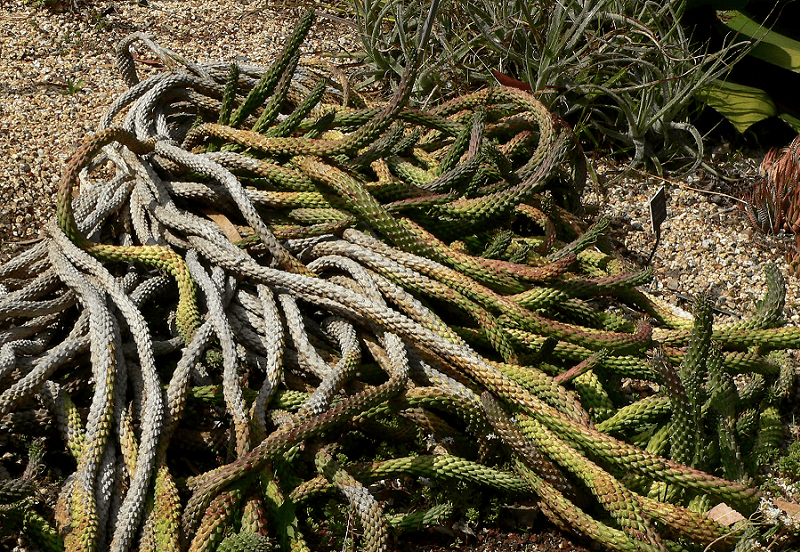
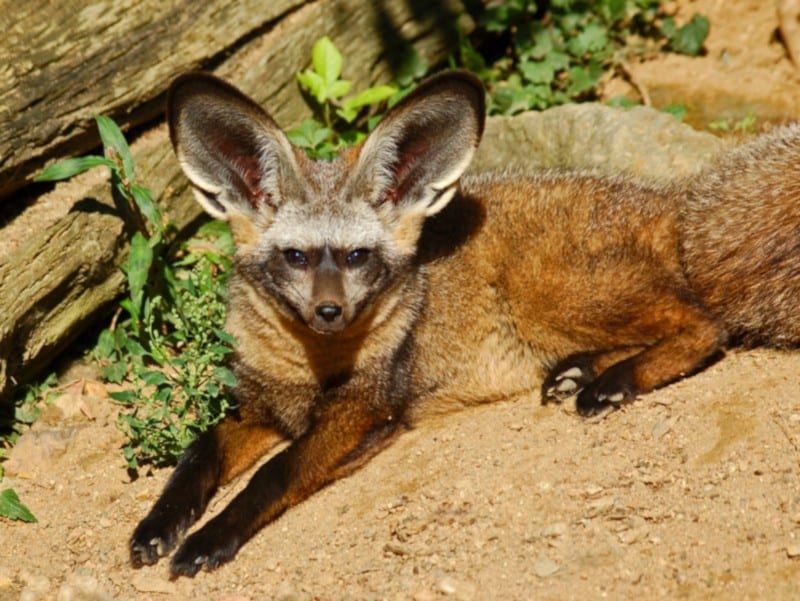
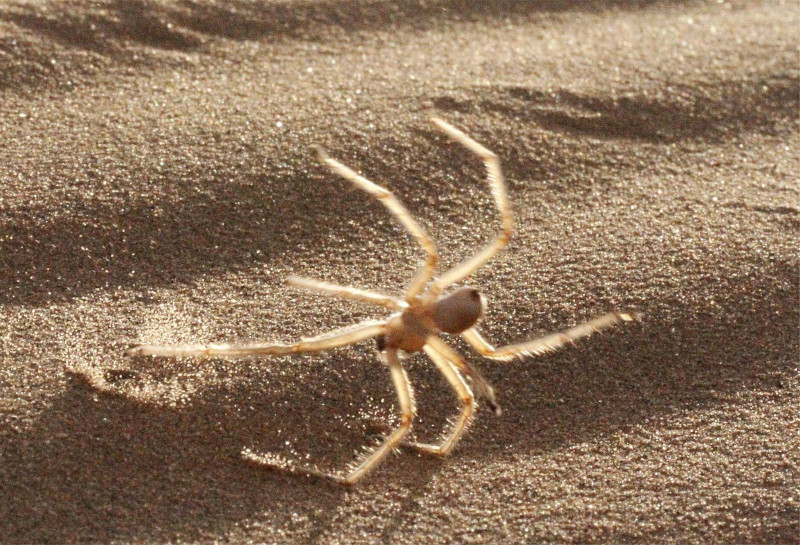
Check out our other articles on 4 Fascinating United States Fungi, Darwin’s Orchid, Rock Hyrax, Blood Falls, Himalayan Blue Poppy, Spanish Moss, Powder Blue Damselfly, Jewelled Gecko
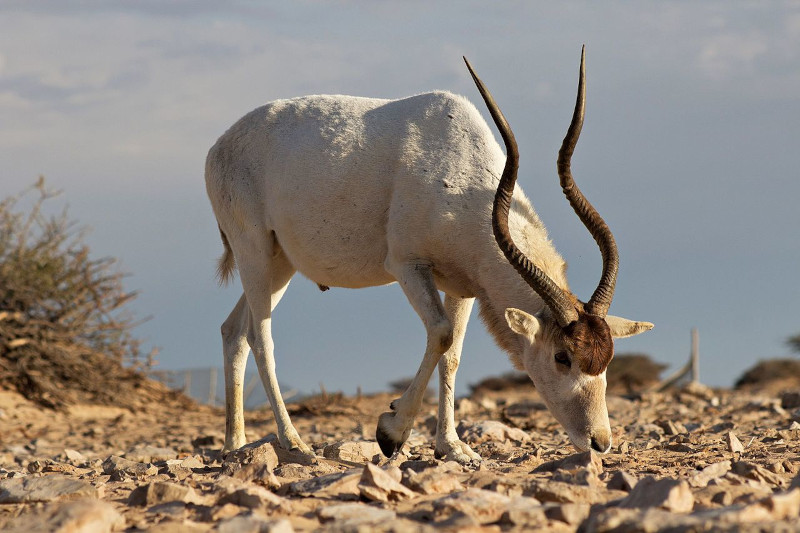
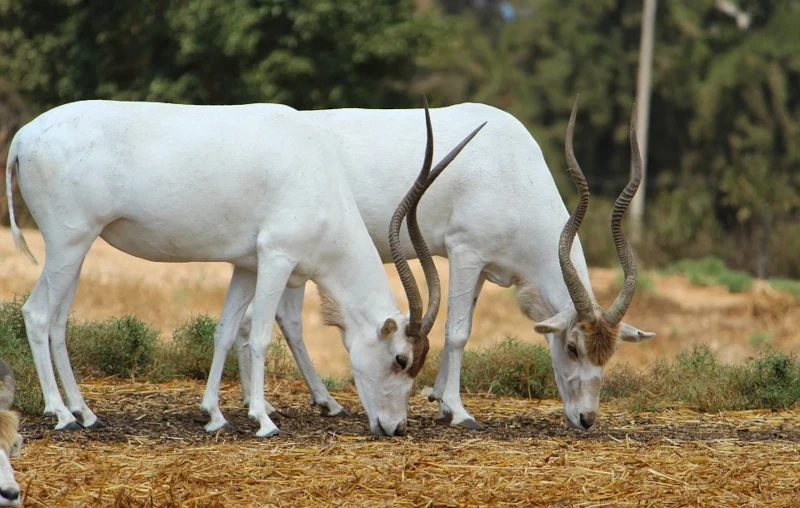









Leave a Reply